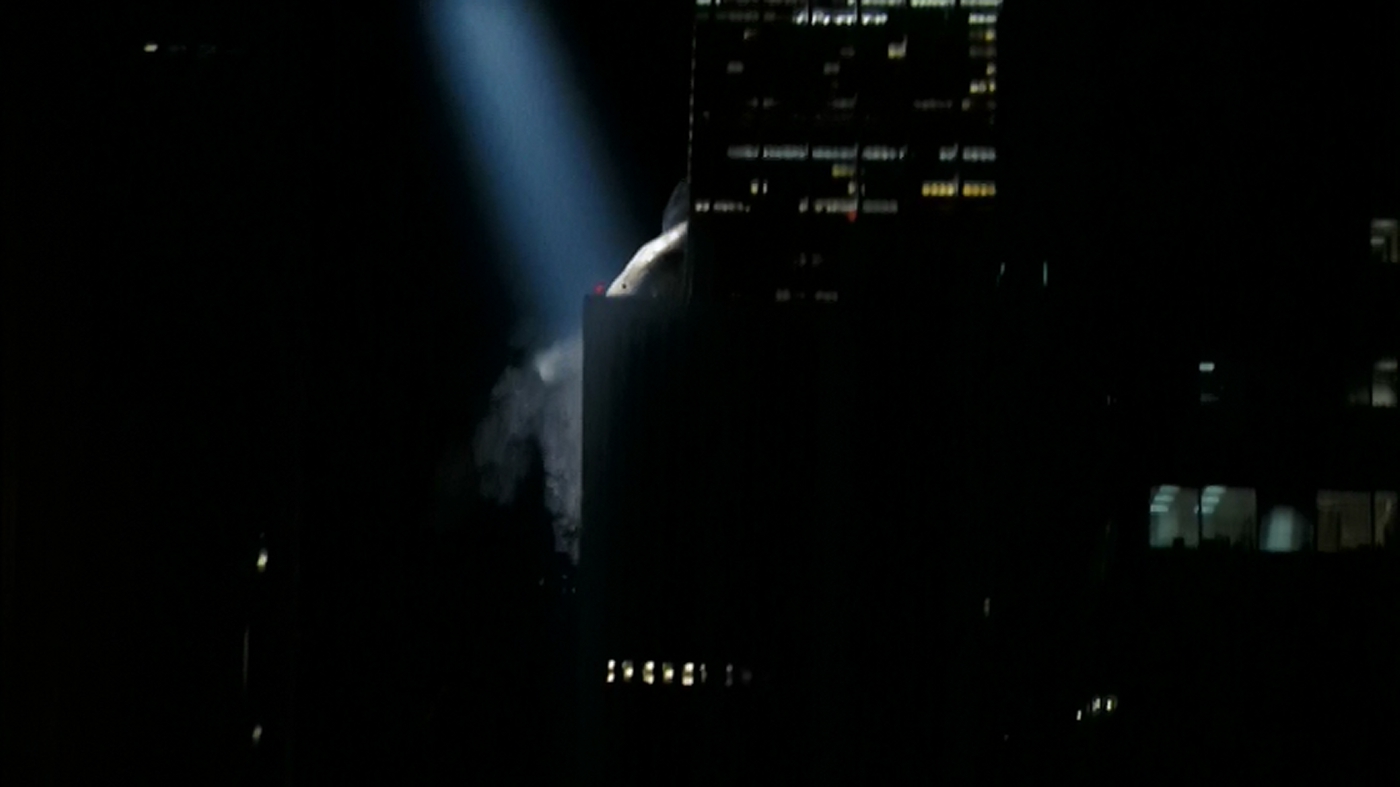
In the supplementary material, JJ Abrams talks about wanting a monster as iconic as Godzilla. The essential problem is that you can't have a monster that is iconic if you do not show it. Clover is an interesting monster, but its presence is largely felt, rather than seen, throughout the film. And therein lies one of its major faults. Kaiju film is about the monster, and Godzilla is iconic because we see it. It doesn't hide behind mountains, buildings, or fog. Its actions determine its fearsomeness, not its appearance. The Host shows its monster, in broad daylight, early in the film. It remains fearsome.

The film's second, and most fatal flaw, is the unlikability of the characters. I'm not interested in whether 20 somethings sleep with each other, and there is a stunning lack of detail of development in those characters. The party is for Rob, who is leaving to be a vice-president in Japan, and that's all we learn about him. They talk around their actual jobs, they don't have anything outside their jobs and relationships with the other peo[ple in the room. No hobbies, no useful skills, as if they were intended to be blank everyman cyphers and just turned out to be boring. The first eighteen minutes of the film go nowhere, and it's frankly a relief that the monster shows up when it does. Rob is the witness, and like all the characters, a blank slate. Thus his reactions to what's going on around him is a constant stream of "Oh my Gods." Literally eighty-four times, one for each minute of the film. Which is especially aggrivating when factoring in the eighteen minute non-monster portion of the film and ten minutes of credits. That said, the film is a good presentation of New York under attack. The panic, the filmakers' insistence that they not tell the audience everything. The concept is good. Unfortunately, the people described by the script let that concept down.
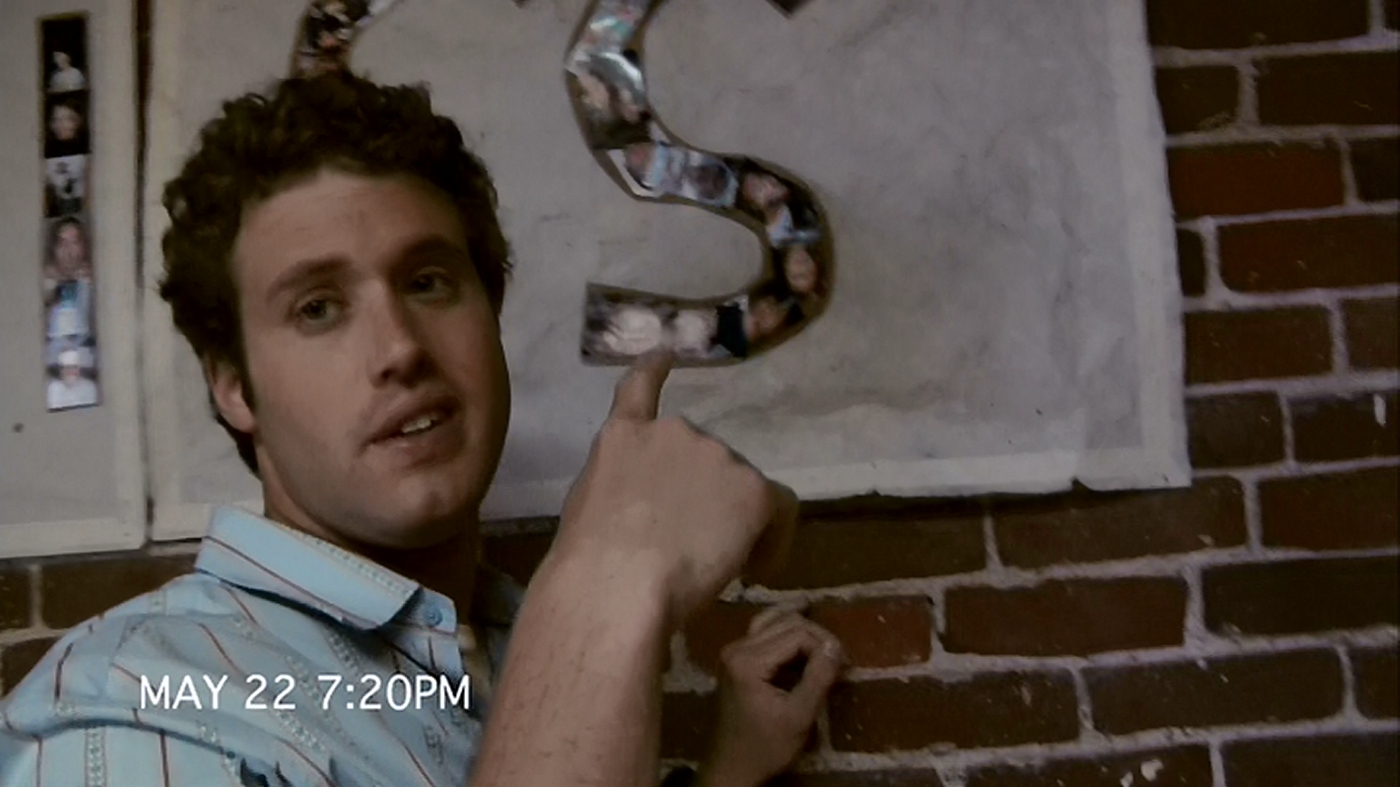
Cloverfield is, in many ways an attempt to deal with the tragedy of 9/11. A lot of the imagery, such as the billowing dust clouds when the Empire State Building falls, the falling papers, come from the terrorist attacks on the World Trade Centers. Godzilla was much the same, utilizing the imagery of destroyed Tokyo as a stand-in for Hiroshma and Nagasaki. But Honda wanted to make radiation, an invisible killer, visible, and Cloverfield doesn't seem to have such a deep ambition.
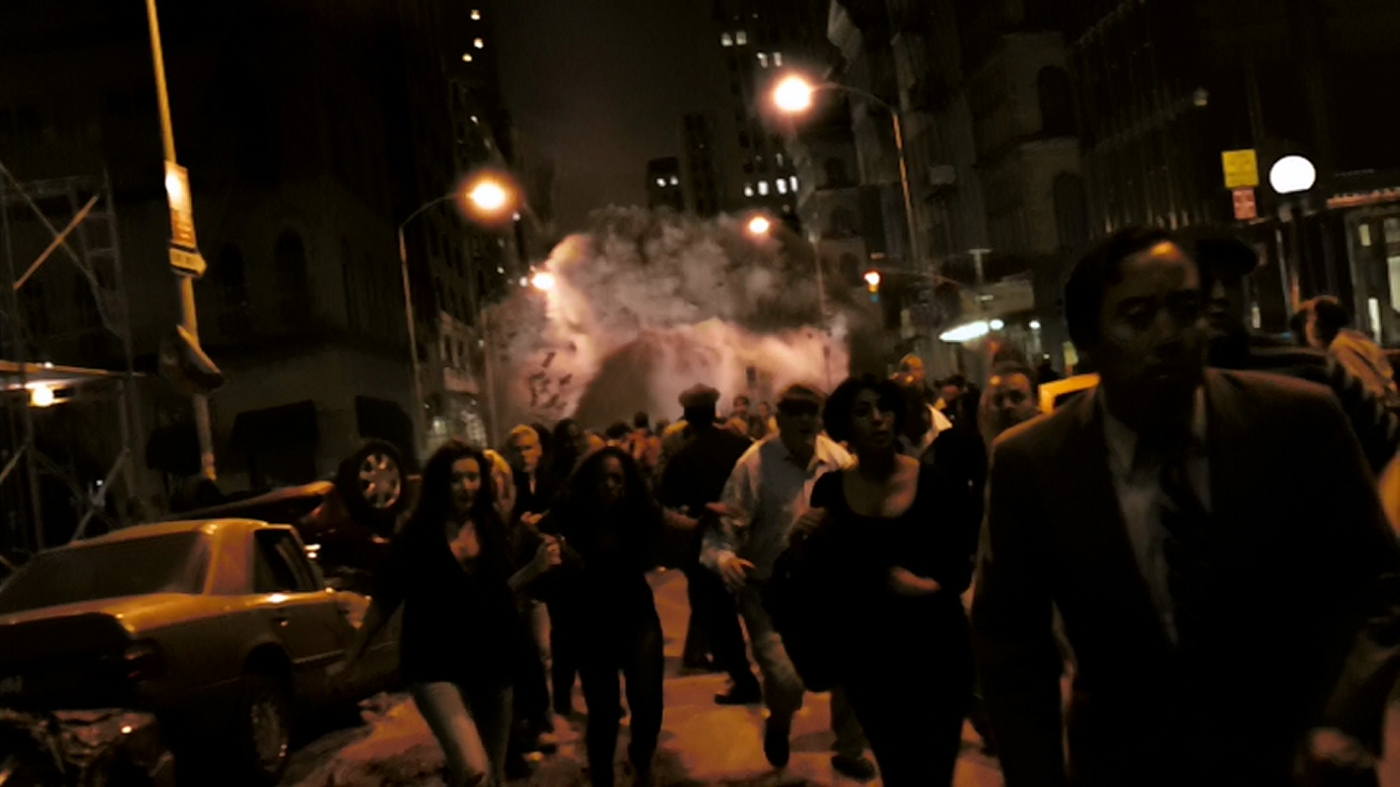
Cloverfield also uses the smaller monsters trope from The Return of Godzilla, which will be reused in Pacific Rim. Further, Godzilla has a staid, documentary feel that is similar to Cloverfield. Where we see peple fleeing past the camera in a typical Godzilla film, in Cloverfield, the point of view is that of those fleeing characters. And although the ground shakes at Clover's footsteps, this film is canny enough to avoid the over-the-top cars jumping of the New York-based 1998 Godzilla.
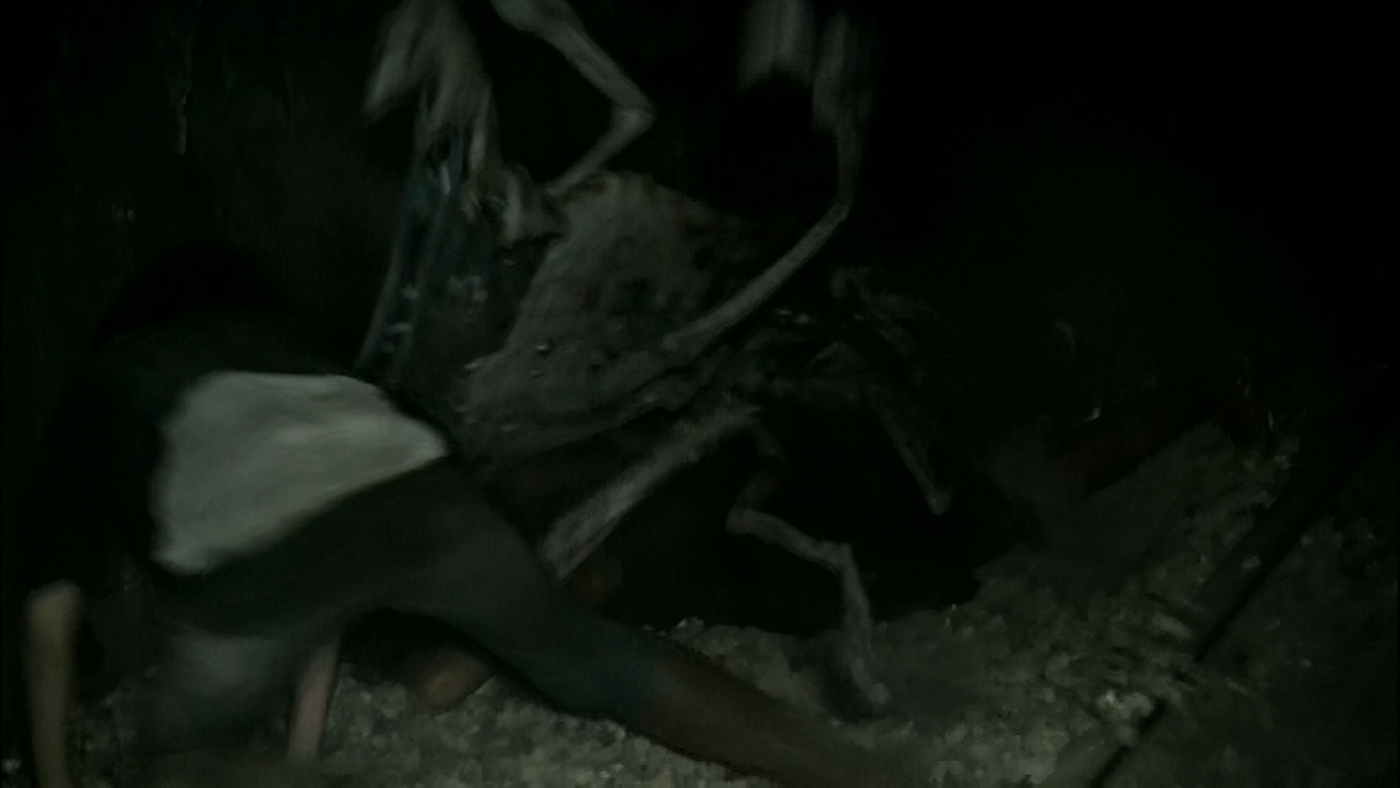
The film is quite aware of its roots. Single frames from King Kong, Beast from 20,000 Fathoms, and Them have been sneaked in. Beast and Kong are both set in New York. During the openning logos, the subtle boom boom can be heard, similar to 1954 Godzilla, where the kaiju's footsteps can be heard during the Toho logo. The director also confirms that, despite the Cinéma vérité lack of music, the song over the credits, Roar! by Michael Giacchino, is a nod to Akira Ifukube, who supplied so much excellent music for the Godzilla franchise.
Marlene is the least bland character, because when the parasites attack, she beats the crap out of one with a piece of pipe she's found. This single piece of action is just about the only initiative any of the characters take, other than Rob's Quixotic quest to save Beth. The scenes in the subway are similar to those of Gamera 2: Attack of the Legion, which also involves smaller kaiju-associated monsters in a subway tunnel.
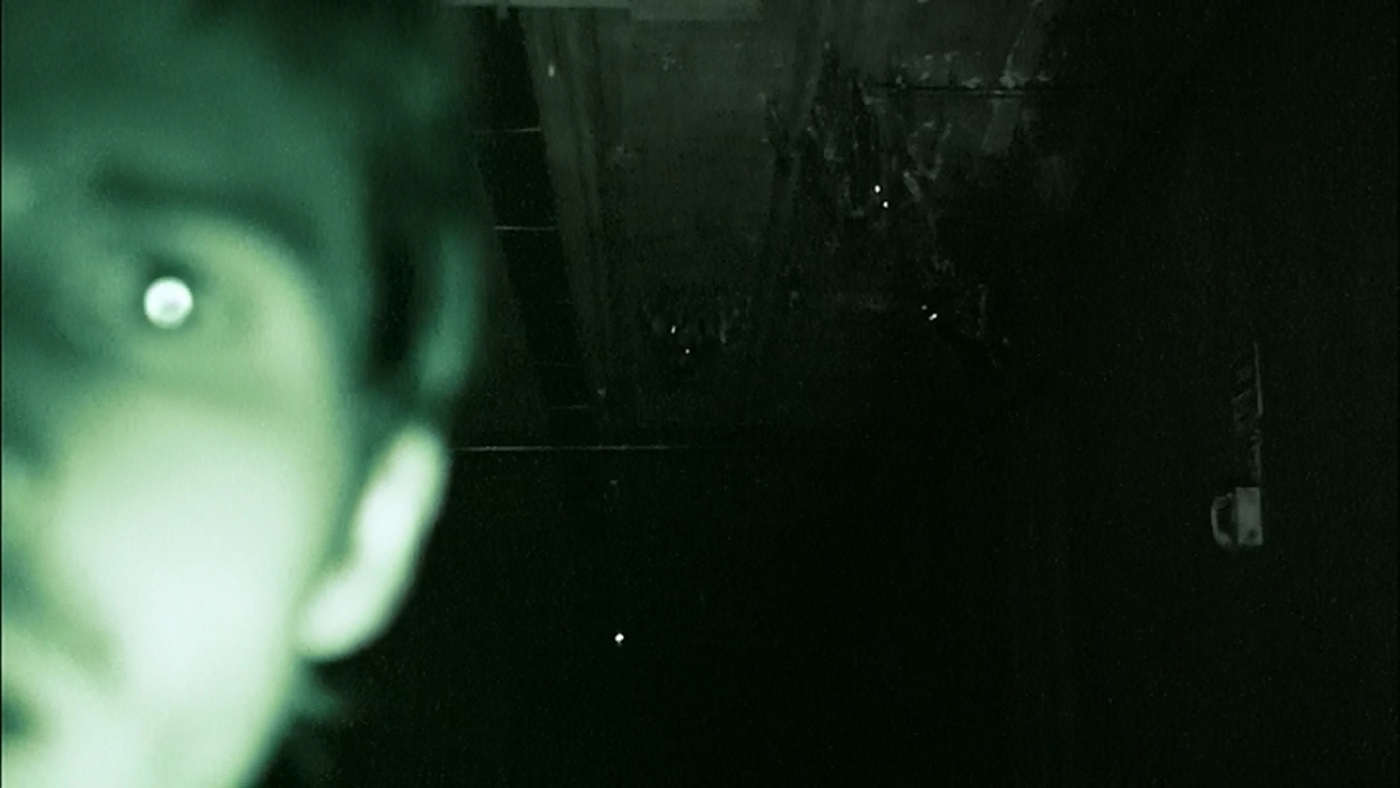
Unfortunately, she is rewarded for her heroism with a disease or poison that the parasites carry, similar to the mysterious deadly disease from Beast from 20,000 Fathoms. Which is acknowledged in the film with a single frame of the rhedasaurus. This being a modern film, instead of passing out, Marlena begins to weep blood and then spurts blood horrible onto a screen. That's what she gets for saving tool Hud!
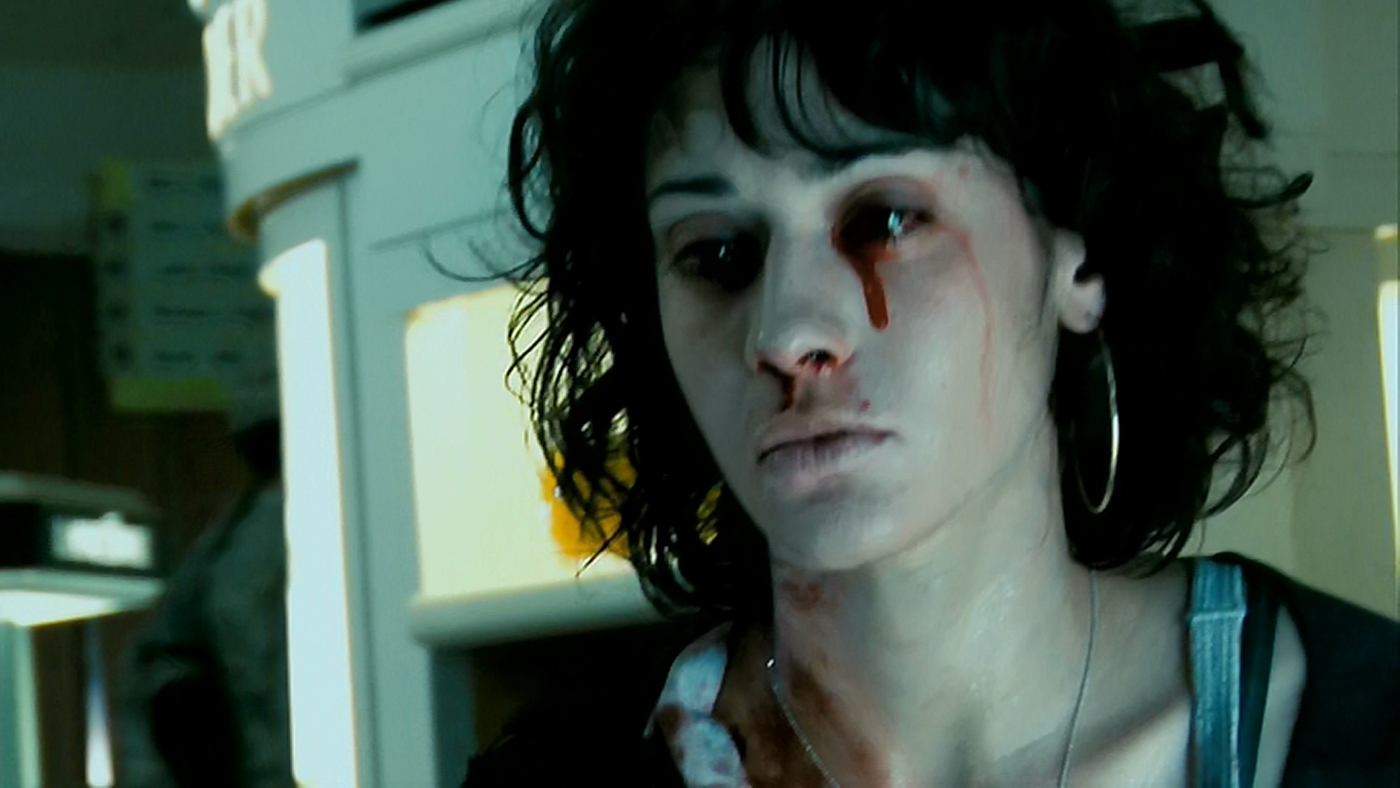
The military is more complex than the characters. When the foursome (which becomes a threesome temporarily) are picked up by the military, they are at first retained, and then let go by a sympathetic soldier. Soldiers are shown with wounds, so they are directly invlved in the fight. Although the hospital scene is quick, it's a good piece of texture. Men are fightng and dying. On the other hand, as the four are running, three missiles streak overhead and smash into buildings. Ooops.
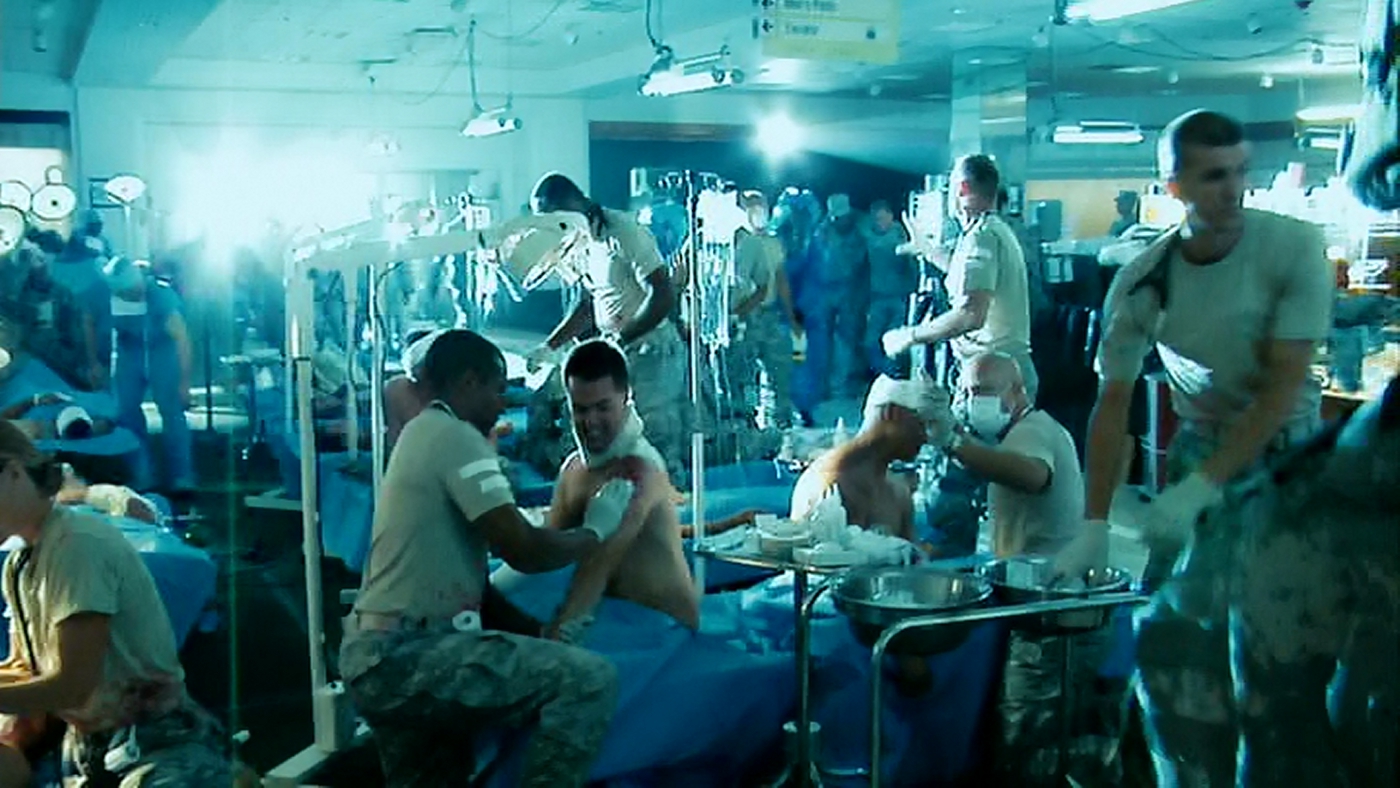
Despite the similarities to King Kong, there aren't that many direct nods to the film until Hud, Beth, and Rob try to escape from the destruction in a helicopter. Despite being his directly by a bomb attack, Clover reaches out and snashes the helicopter, the same way Kong does to the biplanes. At this point, as the camera gets hit hard, we get another single-frame image, this time of Kong. Director Reeves is clearly DVD-savvy,and knows these little hints and nods will be found.
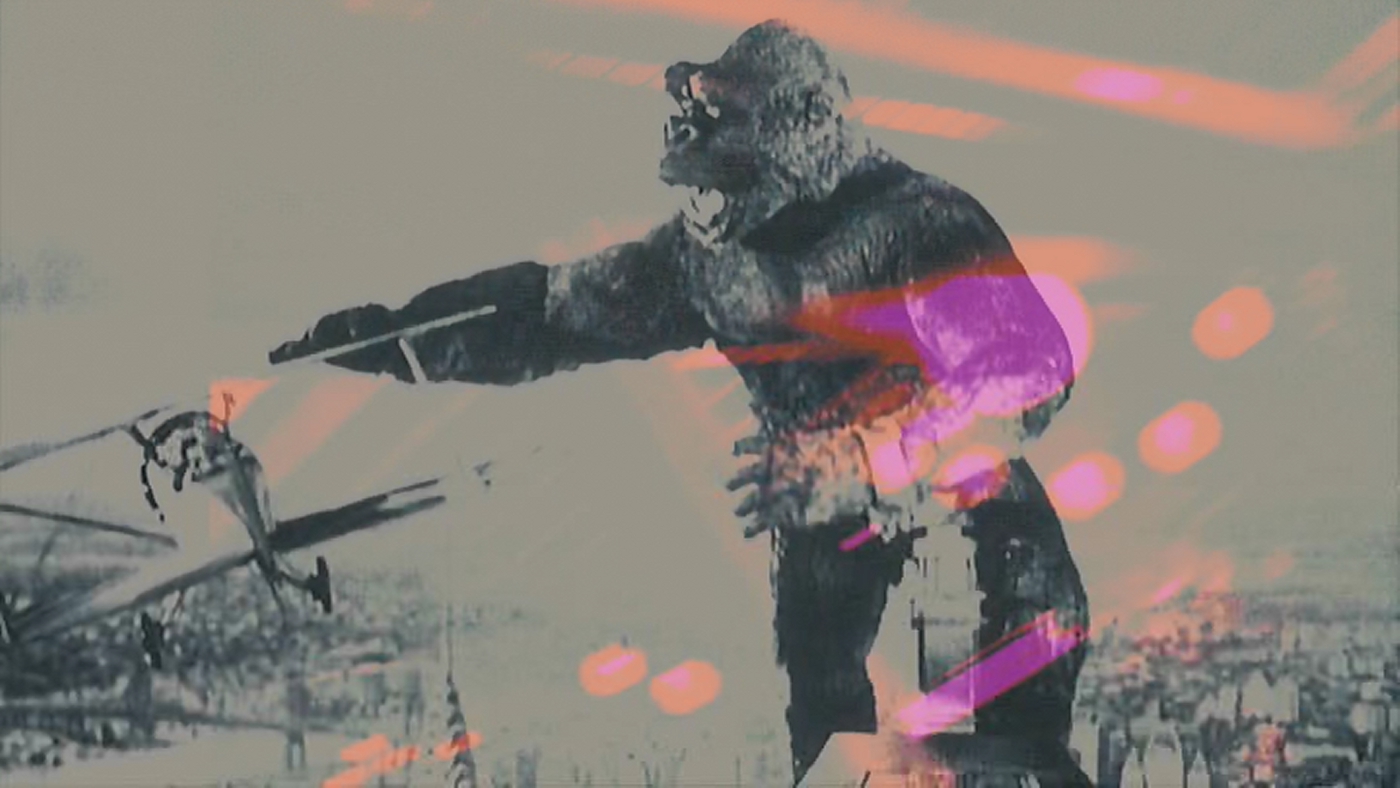
Clover's design is certainly unique, although there may be hints of Return of the Jedi's rancor about the face. It certainly looks alien, with the liong and spindly front limbs and stubby rear limbs. Despite what the director and producer say, it does not look like a viable aquatic animal. How would it swim?

The most famous problem with the film lies in its overexecution of the hand-held verisimilitude. The shaky-cam is hugely annoying, and used as an excuse not to show the monster. I can tolerate a five-minute shake Youtube video, but spending an hour with a shallow jerk who holds the camera like a Parkinsons' patient with hyperactivity disorder leaches a lot of the interest out of the film. It is possible to find a stabilized version of Cloverfield on the net, which is a vastly less annoying experience. You get to see what is happening around the characters, even though you still have to listen to Hud. However, it does not fix the hide the monster problem. Clover is an excellent design, easily as interesting as anything see in Pacific Rim. Why not show the audience the monster you want to make iconic?
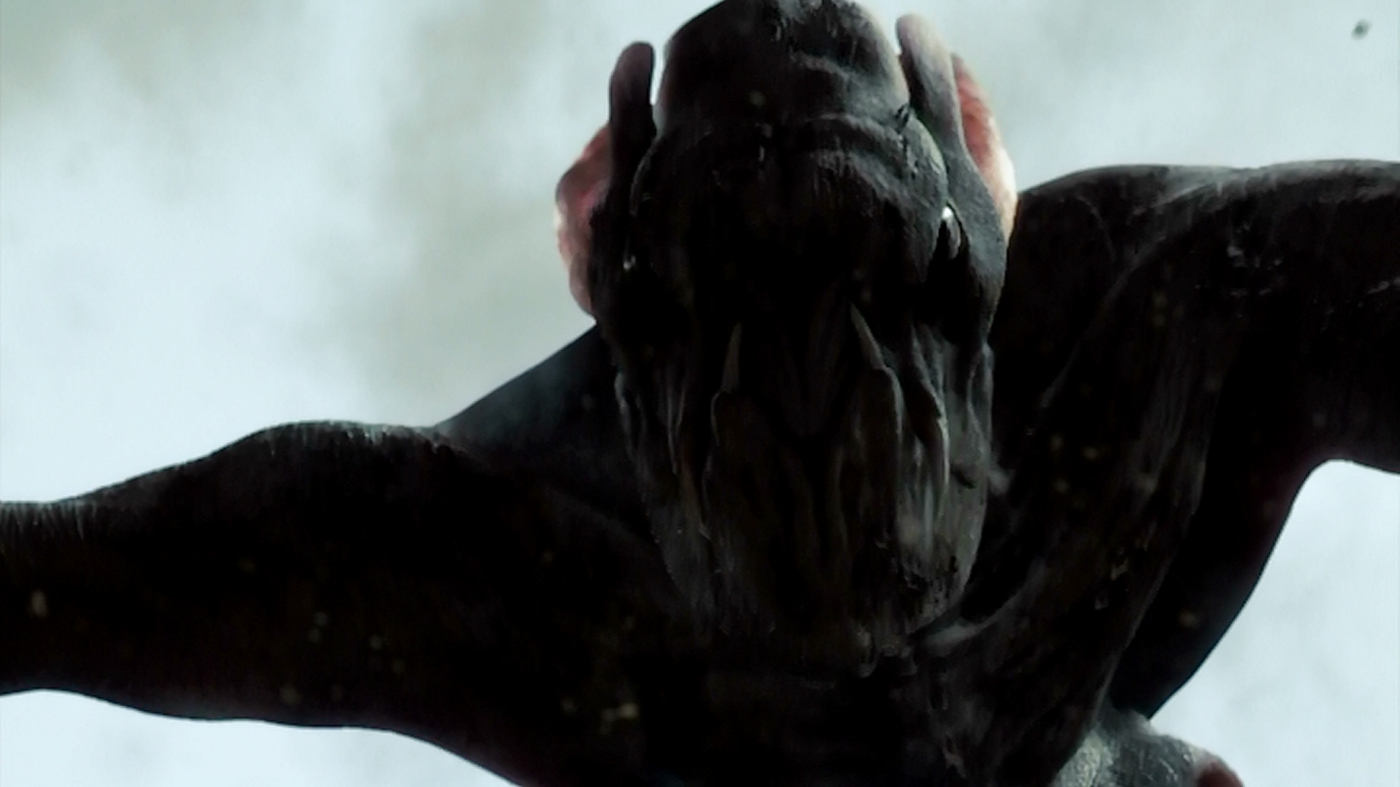
Cloverfield starts with an excellent premise, but really drags it down by giving us unsympathetic characters, hiding the monster that it's intended to showcase, and overusing the shaky, unprofessional camera work. An opportunity wasted.
1 comment:
Yeah you're wrong on this one the shaky camera makes it more realistic
Post a Comment